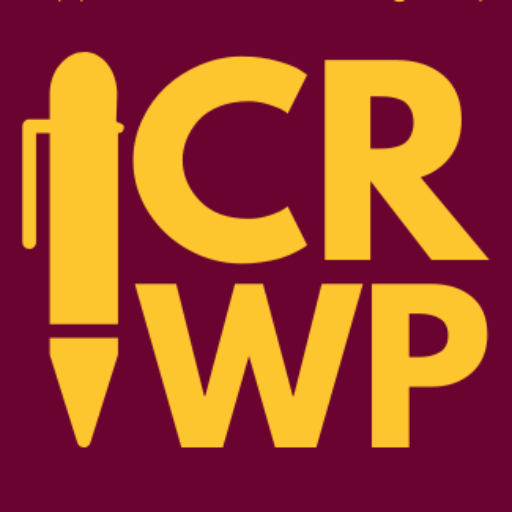This is the first in a series of blog posts that Amanda will share about her school’s transition to Project Based Learning.
Change is never easy. And I feel like the older I get, the more I become flustered with making big changes. It usually involves learning something new, and sometimes that can seem like a daunting task, stressful.
Yet, when you work in education, as I do, things are constantly changing: requirements, students, content, etc. Therefore, I’d never say that I’m resistant to change; I just struggle during the transition. Part of that, I feel, comes from not wanting to admit or believe that, as an educator, what I’ve been doing for the past several years isn’t “the best” any more.
I’m nine years into my teaching career, and no one year has been the same as the next. While my lesson plans and the books I teach change year after year, I’ve always felt like I knew what I was doing.

But now I’m a little nervous about what is on the horizon. I’m excited, too (don’t get me wrong). My district is headed in the direction of what I consider to be a pretty large change. We are moving toward a Project Based Learning (PBL) model for our entire district. In such a model, the students learn through experiencing real world issues and challenges in the form of projects. Units and lessons are aimed at making the students see the real-world connection to their learning. Our district was intrigued by the concept and felt that it would be a great way to work on preparing our students to be college and career ready.
I’m ashamed to admit that it took me a while to get a handle on what PBL really entailed. Our district started throwing around the acronym back in late 2010, discussing the possibility of our high school becoming a part of the New Tech Network, a non-profit organization that promotes a student-centered learning style with the primary focus elements of project based learning, culture, and technology.
The process of joining the NTN and transitioning the school was a very busy and exciting time for our district. However, since I was teaching at the junior high building, I didn’t get to see much of the behind the scenes work that was being done. Yet with an eager and motivated team, Meridian High School began the New Tech model with freshmen for the 2012-2013 school year. Being a teacher at the middle school full time, I wasn’t seeing this every day. I kept hearing about it, though. From the sounds of it, it was quite the change. Classes/subject areas were now being combined and co-taught, and students were working on projects that were rooted in real life issues, making them see the authentic value of what they were learning. It sounded like a great approach.
Then, in early 2013, talk began that we were looking into transitioning the entire district into this PBL model. I’m excited, but I still have a lot of questions. What will this look like in an English Language Arts classroom? How will the grading work? How can I take some of the great things I already do and make them project-worthy? Will we be able to get all the staff on board to make this a success?
So, as we prepare to wrap up the 2013-2014 school year and start looking ahead to more of a PBL model for next year, I decided that I really wanted to write these blog posts to document my journey, as I learn to transition my classroom into more of a PBL model.
In my next two blog posts, I plan to explore these topics/questions:
- Observations: How does this look in a real-life classroom?
- Training: How do I make the transition?
Hopefully it will serve as place of refuge for some who may be on this journey as well, and it may even serve as a way for me to connect with others who’ve “been there.”
Amanda Smoker (@aes1024) teaches English at Meridian Junior High School near Midland, Michigan. She was a part of the CRWP Summer Institute in 2010 and now serves as a teacher consultant.

This work is licensed under a Creative Commons Attribution-NonCommercial-ShareAlike 4.0 International License.


Leave a Reply
You must be logged in to post a comment.